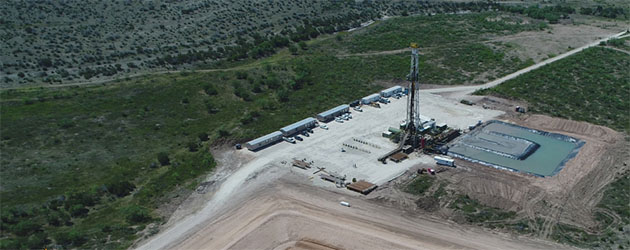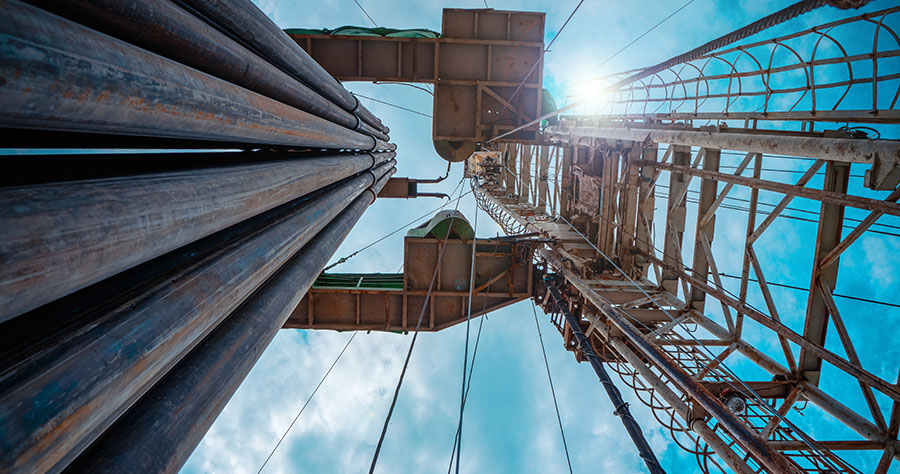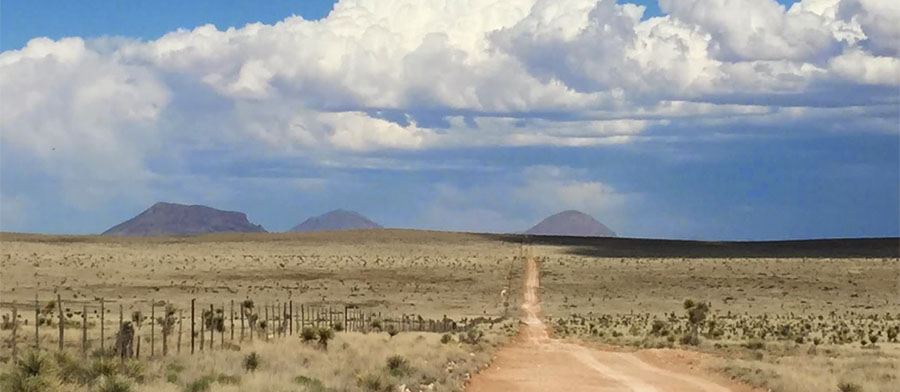 Prepare for a Canadian and U.S. shift toward heavier forms of crude oil as global production of lighter crude oil sources decline, says a Canadian federal government report. In addition, "Generally, heavier forms of crude oil, such as that contained in the oil sands, require more energy and resources to produce and refine compared to lighter crude oil, resulting in higher air pollutant and greenhouse gas (GHG) emissions." Those were amongst the conclusions of Oil Sands: Challenges and Opportunities by Economist Kevin Birn and Policy Advisor Paul Khanna.
Prepare for a Canadian and U.S. shift toward heavier forms of crude oil as global production of lighter crude oil sources decline, says a Canadian federal government report. In addition, "Generally, heavier forms of crude oil, such as that contained in the oil sands, require more energy and resources to produce and refine compared to lighter crude oil, resulting in higher air pollutant and greenhouse gas (GHG) emissions." Those were amongst the conclusions of Oil Sands: Challenges and Opportunities by Economist Kevin Birn and Policy Advisor Paul Khanna.Oil Sands GHGs 'Will Likely Rise'
Beneath about 142,000 sq. km. of boreal forests, prairies and wetlands in Alberta lies the second-largest known crude oil deposit in the world, estimated at 1.8 trillion barrels.
Alberta is now producing 1.5 million barrels per day (Mbpd) of oil sands production, which is forecast to rise to 3.8 Mbpd by 2020. The oil sands is "the only one in North America, currently capable of making large-scale contributions to our energy security," the report said.
The industrial challenge is to separate the valuable bitumen crude oil from the sands and clay. For oil sands that are too deep for surface mining operations, some form of in-situ is needed to extract the oil. Most in-situ operations involve the injection of steam into the oil sands deep underground.
The steam warms the bitumen, making it more mobile, so that it can then be extracted through drilling.
Some sources say 20% of this area will be mined versus 80% being developed in situ.
"While the industry has historically made significant reductions in GHG emissions intensity of crude oil production, falling 39% from 1990–2008, absolute GHG emissions from the oil sands industry will likely continue to rise due to anticipated production increases."

























































